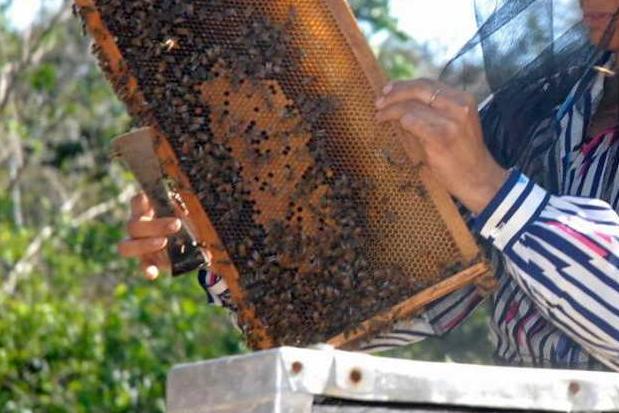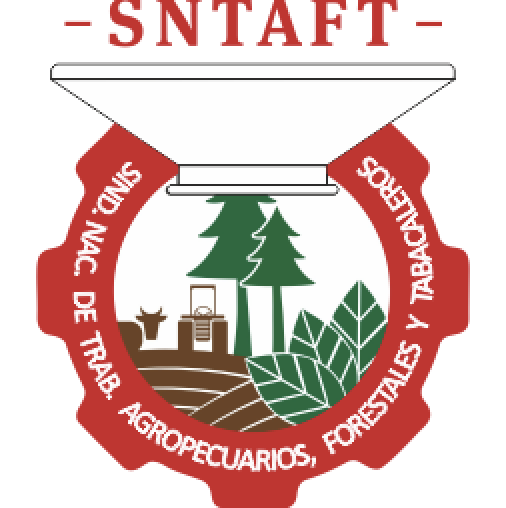GAF
Damage to blooms causes a decrease in honey production in Sancti Spíritus
The effects caused to the ecosystem by the Eta rains are reflected in the blooms and in the bee production
In the province there are 81 producers associated with the beekeeping program, grouped into 28 productive forms.
Beekeeping works so tied to the environment that not even the proven diligence of bees can avoid the effect reported this year in the blooms of the honey plants that make the most decisions in the manufacture of honey; Such behavior brought with it a production decrease in the province —until November— of 186 tons, compared to the same stage of the previous year.
Amaury Santander Hernández, director of the Sancti Spíritus Apicultural Base Business Unit, explained to Escambray that, despite working with 15,215 hives - practically the same amount of the previous year - and the guarantee of inputs to beekeepers, the production of honey It is below expectations and the 460 tons collected up to the previous month represent 70 percent of what was planned for the year, with a deficit of 194 tons.
In relation to the passage of the recent tropical storm Eta, the manager explained that the sector had a minimal physical impact, since only 28 beehives were lost in Jatibonico due to the overflow of the Majagua River; meanwhile, the recovery undertaken ruined the growth of that endowment.
“The greatest damage from the rains was in the blooms, which is the basis for honey, mainly those that were left in the wood vine, which is an important flower because it guarantees around 150 tons of honey at this time; the purple bell was also damaged. In addition, when it rains the bees do not go out to their functions and what they do is consume what they produce ”.
Amaury Santander emphasized that the main damage occurs in the municipality of Yaguajay - it represents 47 percent of the province's production - because the determining flower there is the wood vine, which is badly hit by rainfall. "But the final quarter of the year, together with the month of June, make up the most productive period in Beekeeping - traditionally about 450 tons of honey are produced - and the blooms have not supported the activity," he pointed out.
The manager assured that, although this year the environmental scenario has not been favorable, the effort to collect all the honey that is produced is maintained, for which a contribution is estimated at the end of 2020 in the environment of 550 tons - of a 790 annual plan—, while they will continue to undertake the technical tasks of the activity in order to collect a line registered among the exportable items of the country and, despite the humidity at various times of the year, the quality has been guaranteed of the product, he highlighted.




